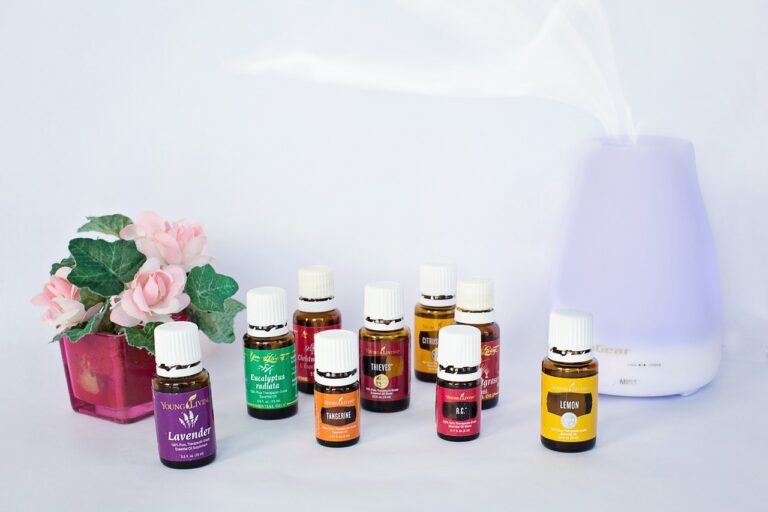Timeless Treasures: A Guide to Vintage Shopping Secrets
Vintage shopping has become a beloved pastime for many, with enthusiasts scouring through various shops in search of unique treasures. Uncovering hidden gems in the world of vintage shopping requires a keen eye and a sense of adventure. It’s not just about finding the most expensive or well-known items; rather, it’s about discovering those pieces that hold a special charm or history.
One of the key secrets to uncovering hidden gems is to explore different vintage shops and markets. Each establishment has its own selection and style, offering a diverse range of items waiting to be discovered. By visiting a variety of shops, from curated boutiques to flea markets, you increase your chances of stumbling upon that one-of-a-kind piece that speaks to you.
• Exploring different vintage shops and markets is key
• Each shop has its own unique selection and style
• Visit curated boutiques and flea markets for a diverse range of items
Understanding Different Types of Vintage Shops
Vintage shops come in various shapes and forms, each offering a unique experience for avid collectors and fashion enthusiasts alike. From curated boutiques specializing in high-end designer pieces to sprawling flea markets brimming with eclectic finds, the world of vintage shopping is incredibly diverse. Some shops focus on specific eras, such as the roaring ’20s or funky ’70s, catering to those with a penchant for nostalgia or a particular aesthetic.
Other vintage stores pride themselves on their sustainability practices, upcycling pre-loved clothing and accessories to reduce waste and promote eco-friendly fashion choices. These ethically conscious shops often feature a mix of classic vintage pieces and modern reinterpretations, appealing to consumers who value both style and sustainability. Whether you’re searching for a one-of-a-kind statement piece or simply enjoy the thrill of hunting for hidden treasures, exploring the different types of vintage shops can open up a world of possibilities for your wardrobe and home decor.
Tips for Spotting Authentic Vintage Items
When searching for authentic vintage items, paying attention to details is crucial. Look for craftsmanship and materials that are consistent with the era the item is from. For example, a 1950s dress should have characteristics like metal zippers or specific fabric patterns that were popular during that time.
Another tip is to inspect the labels and tags on the item. Vintage pieces often have unique labels that indicate the designer, brand, or country of origin. Researching these labels can help determine the authenticity of the item and its value in the vintage market.
How can I tell if a vintage item is authentic?
Look for signs of wear and aging that are consistent with the item’s supposed age. Check for labels or tags that indicate the manufacturer and year of production. Research similar items online to compare details and features.
Are there specific things to look out for when shopping for vintage clothing?
Yes, examine the stitching, fabric quality, and overall craftsmanship of the garment. Check for any labels or tags that may provide information about the brand or designer. Avoid items that look too new or have modern tags.
What should I keep in mind when shopping at different types of vintage shops?
Be aware of the pricing and quality standards of the shop you are visiting. Some shops may specialize in high-end designer items, while others may offer more affordable, everyday pieces. Ask the shop owner or staff about their authentication process.
Is it possible to find valuable vintage items at thrift stores?
Yes, thrift stores can sometimes be a treasure trove of vintage finds. Keep an eye out for unique or unusual pieces that may not be immediately recognizable as vintage. Take your time to sift through the racks and shelves for hidden gems.
How can I ensure that I am getting a fair price for a vintage item?
Research the market value of similar vintage items to get an idea of what a fair price should be. Ask the seller about the item’s provenance and any relevant history that may affect its value. Don’t be afraid to negotiate the price if you feel it is too high.







